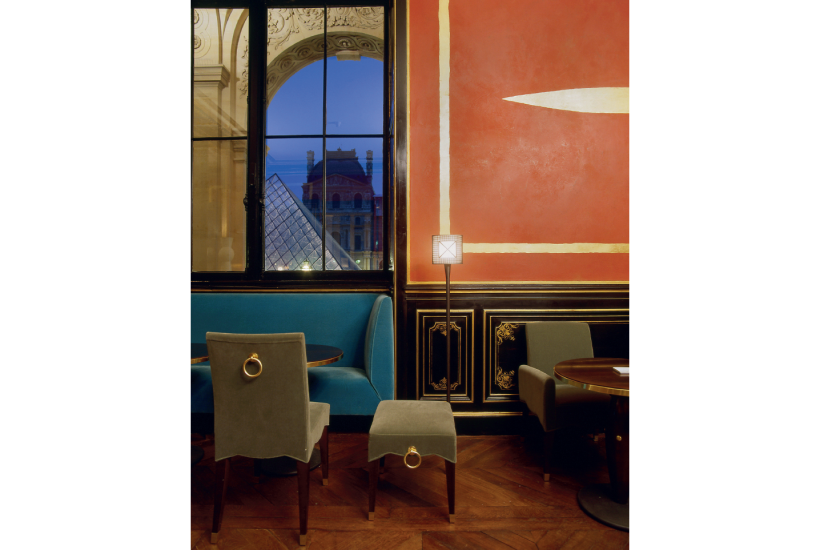We live in times generally unfriendly to ritual, religious or civic. For 50 years at least, churches have stripped away once-glorious liturgical rituals in order, they say, to render themselves more accessible, even as pews have emptied. On the civic side, great art museums – some would say the cathedrals of our secular age – once invited visitors to a ritual that gave a rest to the feet and the eyes while enhancing the experience of being there in the first place.
Already a subscriber? Log in
Subscribe for just $2 a week
Try a month of The Spectator Australia absolutely free and without commitment. Not only that but – if you choose to continue – you’ll pay just $2 a week for your first year.
- Unlimited access to spectator.com.au and app
- The weekly edition on the Spectator Australia app
- Spectator podcasts and newsletters
- Full access to spectator.co.uk
Or
Unlock this article
You might disagree with half of it, but you’ll enjoy reading all of it. Try your first month for free, then just $2 a week for the remainder of your first year.








Comments
Don't miss out
Join the conversation with other Spectator Australia readers. Subscribe to leave a comment.
SUBSCRIBEAlready a subscriber? Log in